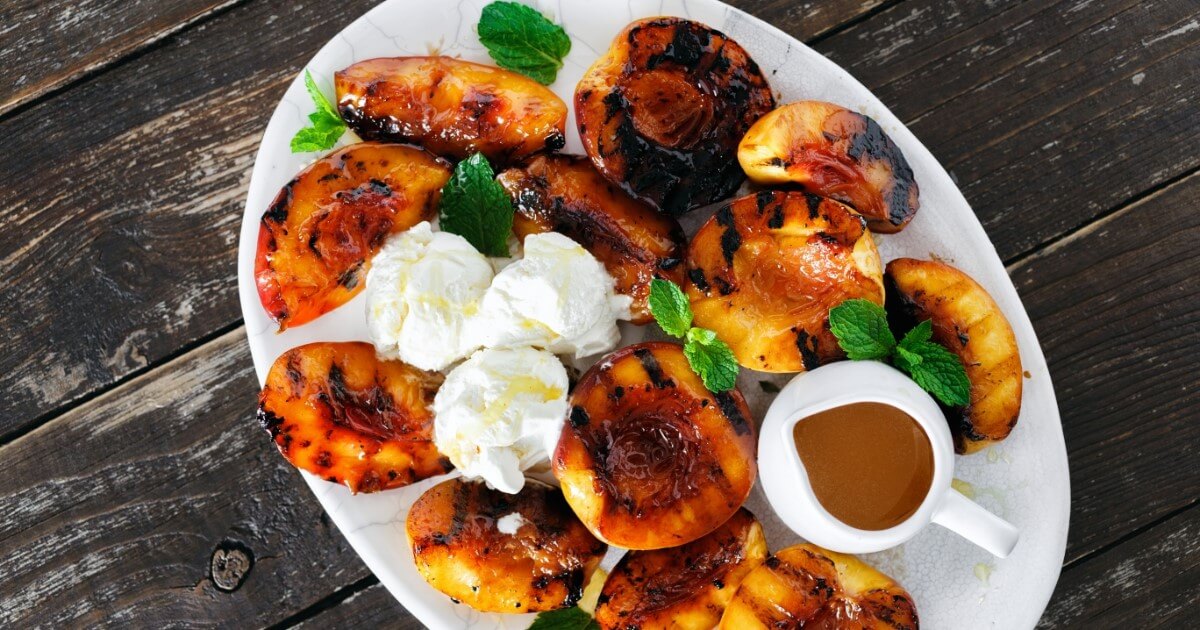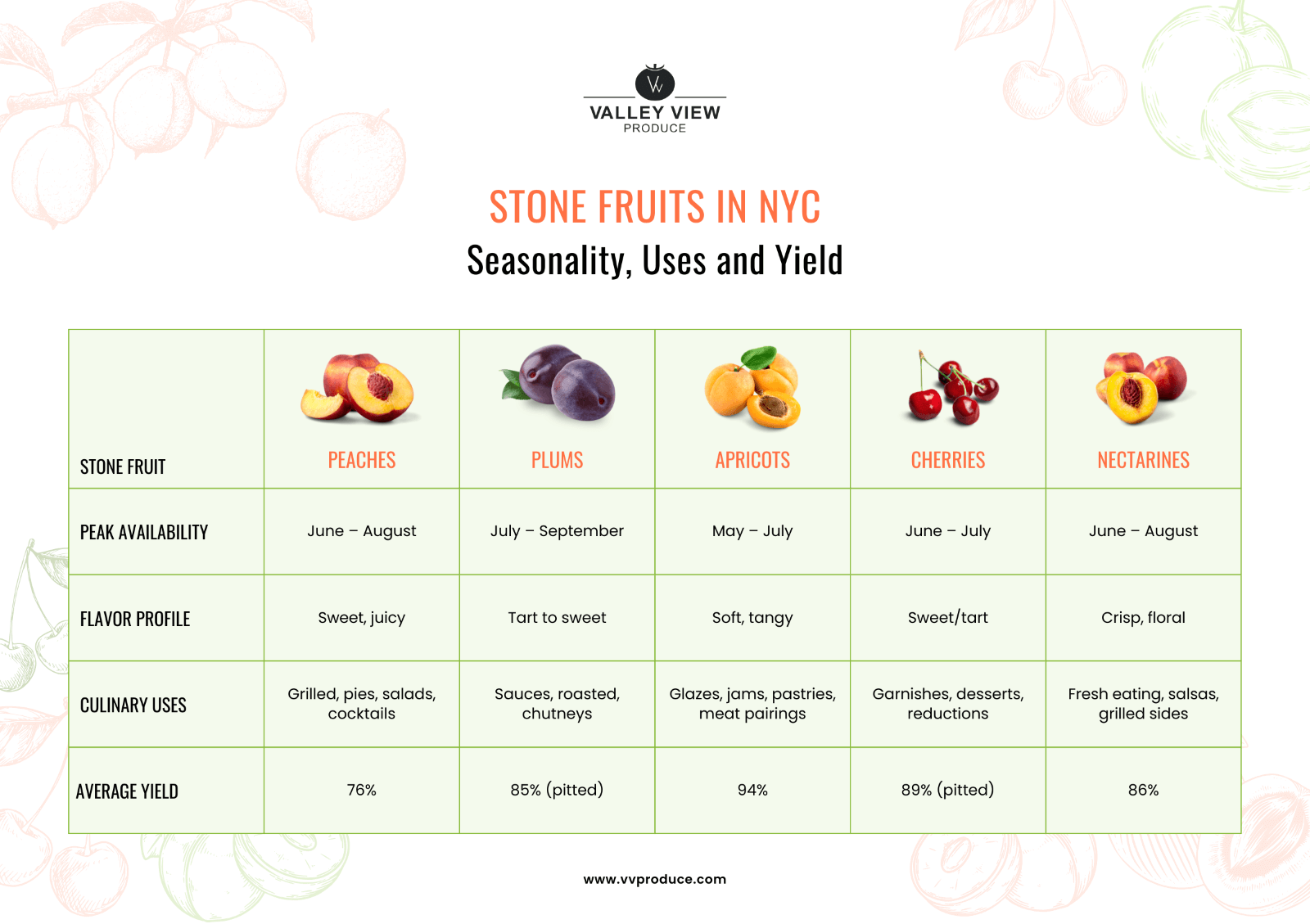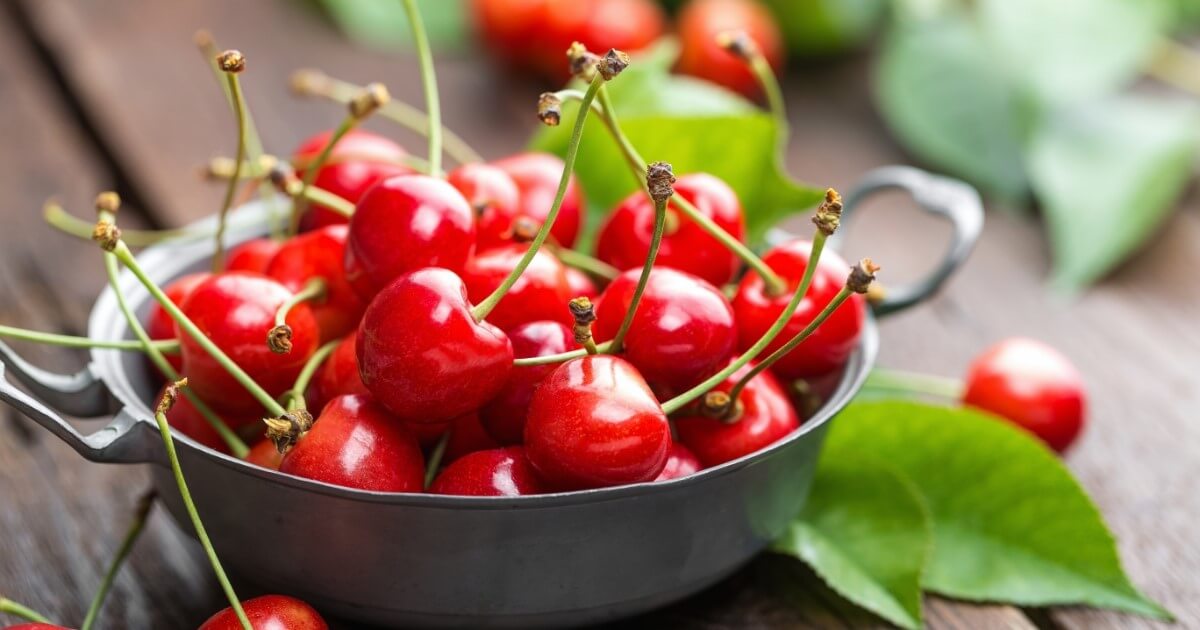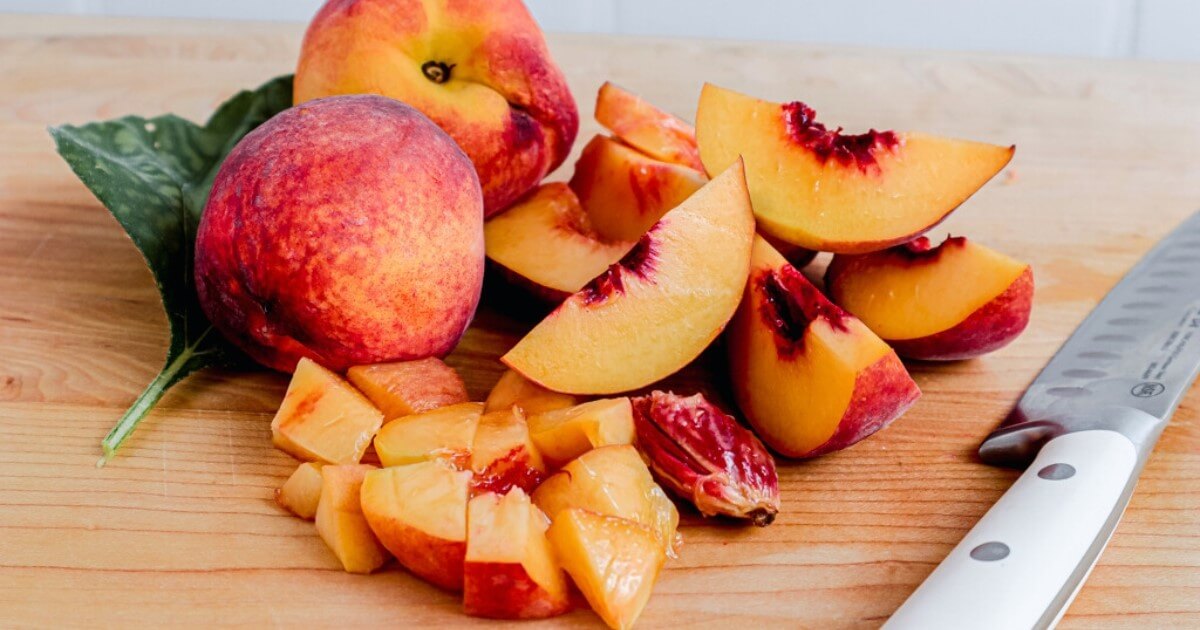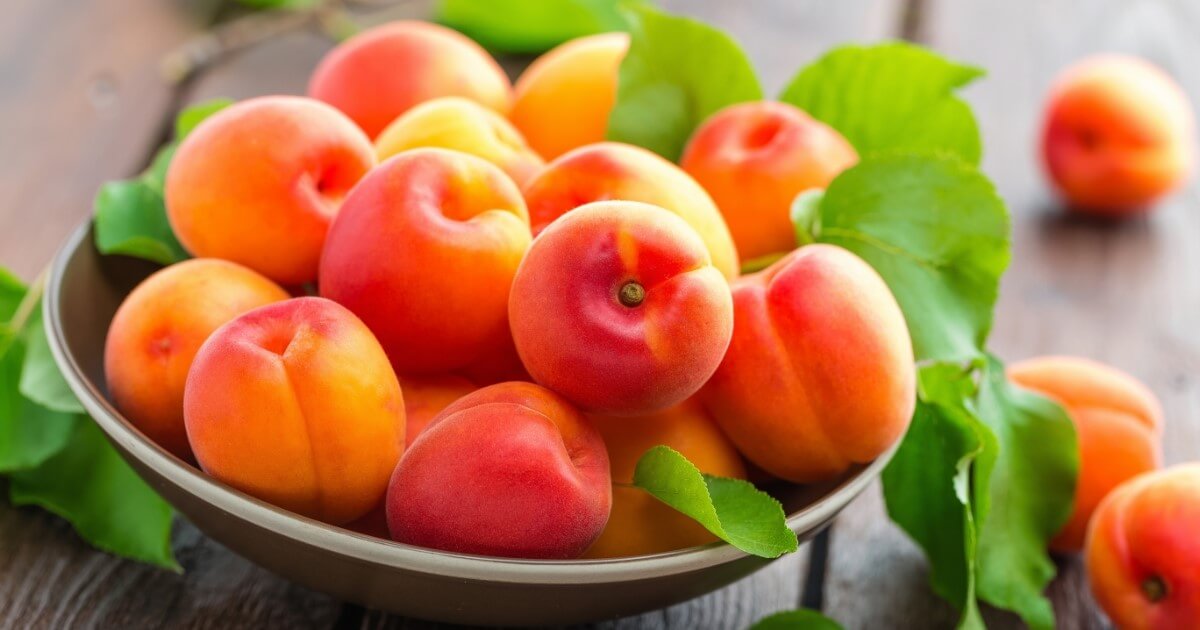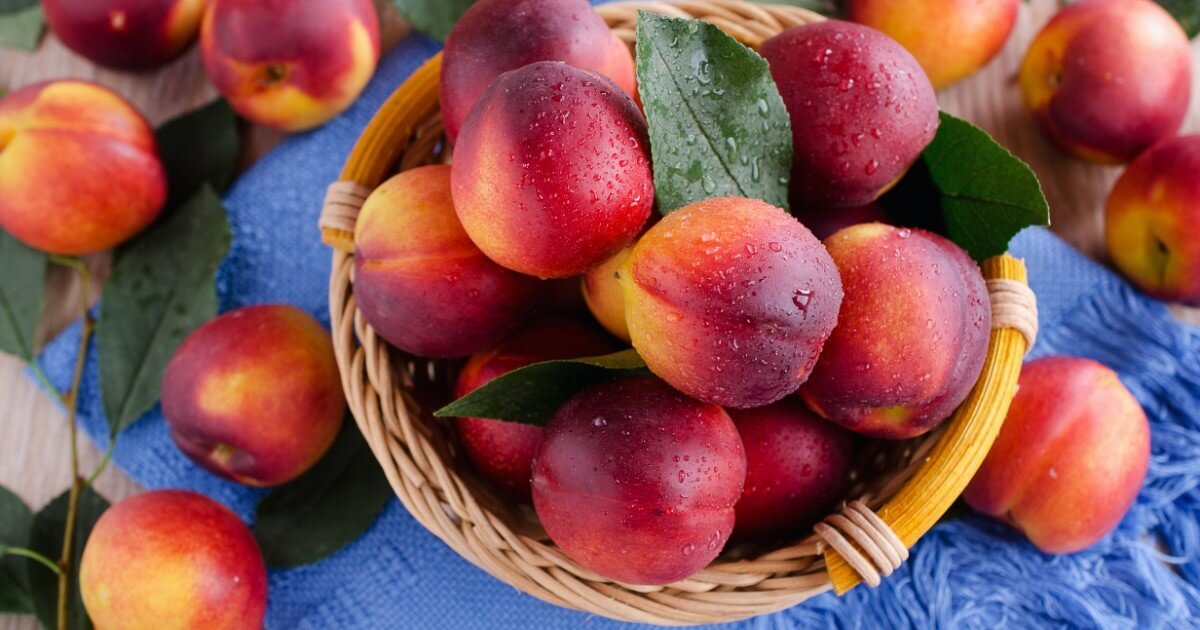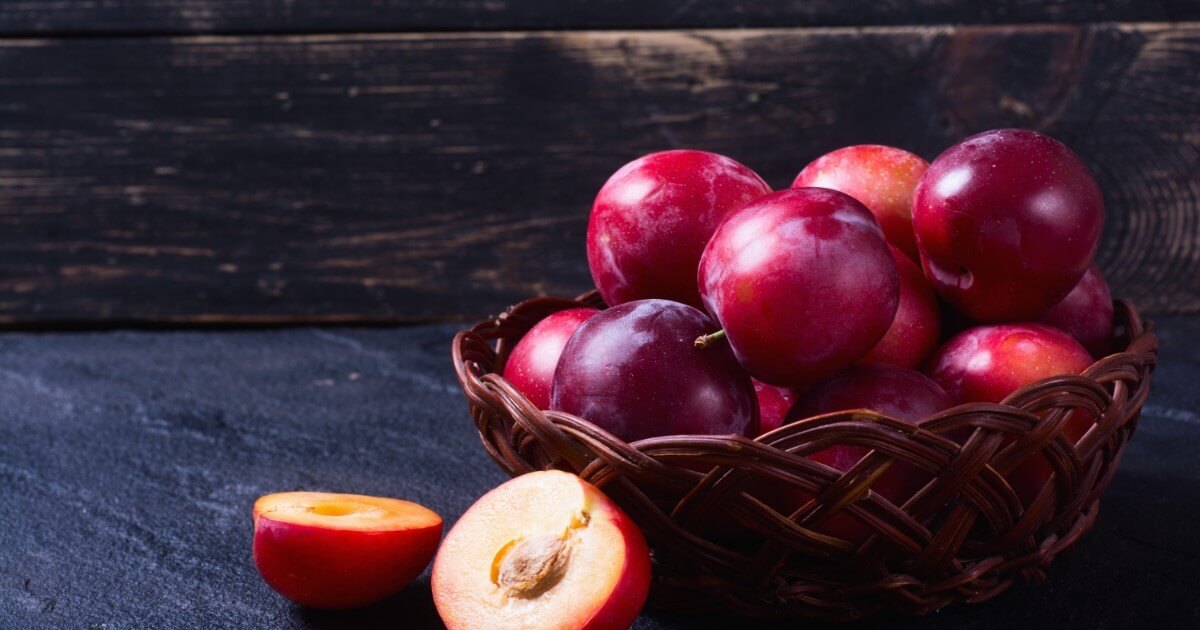
Stone Fruits in New York: A Bulk Guide for Chefs
- Stone Fruits Benefits for Restaurants
- Minimal prep & waste
- Incredibly versatile
- Perfect for seasonal offerings and limited runs
- In line with consumer preferences
- Nutrient-packed and naturally sweet
- Stone Fruits in NYC
- Cherries
- Bing Cherries
- Rainier Cherries
- Sour Cherries
- Maraschino Cherries
- Storage Tips
- Usage, Pairings, and Alternatives
- Peaches
- Storage Tips
- Usage, Pairings, and Alternatives
- Apricots
- Storage Tips
- Usage, Pairings, & Alternatives
- Nectarines
- Storage Tips
- Plums
- Storage Tips
- Usage, Pairings, and Alternatives
- How to Tell if Stone Fruits Are Ripe
- 1. Color
- 2. Feel
- 3. Smell
- 4. Skin
- Valley View Produce – Your Go-to Source of Wholesale Stone Fruits in NYC
Summer’s best ingredients are about to hit their stride, and stone fruits are at the top of the list. From peaches and apricots to cherries and plums, these fruits bring bright, bold flavors and impressive versatility to the line.
For NYC kitchens looking to turn heads with seasonal flavor, these fruits check every box: minimal prep, high impact, and serious customer appeal. Whether you’re rolling out a new LTO, updating your dessert board, or refreshing your summer sides, stone fruits are an irresistible addition to your menus.
This guide covers everything chefs need to know to make the most of the season: when to buy, how to store, smart pairings, prep tips, and what to expect from each variety.
Stone Fruits Benefits for Restaurants
Stone fruits are one of those rare ingredients that check all the boxes for a busy kitchen. They’re bold in flavor, easy to work with, and versatile enough to steal the show in both sweet and savory dishes.
When they’re in season, they shine as centerpieces on your menu. And even off-season, they hold their own with consistent flavor and reliability. Here’s why stone fruits deserve a spot in your kitchen year-round:
Minimal prep & waste
Most varieties are ready to go with just a quick slice or grill. No need to peel, and the final yield is plentiful.
Stone fruits are excellent ingredients when it comes to reducing food waste. Surplus stone fruits can always be repurposed, whether it’s a delicious jam, a creamy puree, or a punchy sauce.
Incredibly versatile
Roast them for meat, purée them into vinaigrettes, layer them into shortcakes, or toss them into a brunch salad—stone fruits can work wonders with any dish.
Perfect for seasonal offerings and limited runs
Nothing says summer like peaches or cherries. With food costs climbing, using in-season stone fruits is a smart way to boost margins and give guests something to get excited about. They’re ideal for LTOs, weekend specials, or refreshing a summer menu with something vibrant and buzzworthy.
In line with consumer preferences
More and more guests want local, seasonal produce, healthy dishes with an indulgent spin, and bold, creative flavors. Stone fruits match perfectly with 2025’s food trends, from fruit-forward cocktails to plant-based dishes and unexpected flavor pairings.
Nutrient-packed and naturally sweet
Stone fruits offer fiber, antioxidants, and vitamins A and C in every serving. Their natural sweetness lets you ease up on added sugars in desserts, sauces, and drinks, allowing their intense flavor to shine through.
Stone Fruits in NYC
Cherries
Cherries are one of the most beloved summer fruits, the perfect snack for a lazy summer day. They’re a staple on summer menus for good reason: they’re versatile, flavorful, and deliver the perfect balance between sweetness and acidity.
Beyond cherry pies and jams, these stone fruits can be used for a variety of savory dishes, from rich salads to barbeque sauces. Let’s dive into some of the main types of cherries:
Bing Cherries
These are the classic deep red, sweet cherries you’ll find most commonly in June and July around NYC. Plump and juicy, they have just enough tartness to keep things balanced. Ideal for sauces, poaching, or fresh applications in desserts and salads.
Rainier Cherries
Lighter in color with a yellow-red blush, Rainier cherries are a little more delicate and very sweet, with lower acidity than Bing. Their flavor is nuanced and almost floral, making them great for raw dishes where their unique taste can shine. They’re perfect for cheese boards, fruit-forward cocktails, or chilled desserts.
Sour Cherries
Sour Cherries More tart than sweet, sour cherries stand out when baked and in preserves. Their high acidity makes them resistant to sugar and heat, making them a go-to for pies, chutneys, and glazes. They’re in season for a very short window in early summer, so most chefs rely on frozen or jarred versions throughout the year.
Maraschino Cherries
Traditional maraschino cherries are preserved in maraschino liqueur and offer a rich, slightly bitter flavor, reminiscent of almonds. They’re at their best in cocktails, as a topping for gelato or semifreddo, or chopped into cakes and tarts for a layered sweet flavor.
Storage Tips
Cherries are delicate and can spoil quickly. Store them unwashed in a perforated container or loosely covered tray in the walk-in, ideally between 32 and 34°F. Don’t wash or pit until just before use, as excess moisture speeds up spoilage. If prepping in advance, cherries can be pitted and frozen in portioned batches. Sour cherries are especially freezer-friendly and great to buy in bulk during their short season.
Usage, Pairings, and Alternatives
- Sweet cherries: Use them in galettes, roast them with meats, add them to salads, or turn them into compotes.
- Sour cherries: Ideal for reductions, gastriques, pie fillings, or in sauces alongside meat.
Flavor pairings: Almond, dark chocolate, aged balsamic, rosemary, citrus zest, mascarpone, pork, duck, brie, blue cheese
Alternatives: Plums and blackberries offer a similar sweet-tart flavor. Dried cherries can be used in stuffings, salads, or vinaigrettes, while frozen cherries are a reliable backup for cooked dishes.
Peaches
Juicy and floral, peaches are a delightful and versatile addition to summer menus. From sweet treats to savory dishes, these fruits can enhance any dish with their unique flavor.
White peaches are sweeter and more delicate, with lower acidity, making them perfect for raw applications. In contrast, yellow peaches have more acidity and vibrant yellow flesh. They’re ideal for desserts and roasted meats, sauces and salsas.
Storage Tips
Let peaches ripen at room temperature, then refrigerate once they yield gently to pressure. Store in single layers to avoid bruising. Use within 2 to 4 days of peak ripeness. To prep ahead, slice and vacuum seal or chill in an airtight container with a dry paper towel.
Usage, Pairings, and Alternatives
Roast them with thyme, grill them with meats, slice them into burrata plates, add them to cobblers, or purée them for vinaigrettes, cocktails, and non-alcoholic beverages.
Flavor pairings: Vanilla, mint, lemon, ricotta, arugula, prosciutto, honey, white balsamic
Alternatives: Nectarines and apricots.
Apricots
Apricots have a unique aroma, a tart-sweet taste, and ideal firmness that keeps them intact in high-heat applications and sauces. Their concentrated flavor is impressive in compotes, preserves, savory glazes, and charcuterie boards.
Storage Tips
Store ripe apricots cold in a single layer and use within three days. If underripe, ripen at room temperature first. Apricots can also be roasted and held cold for service across multiple dishes.
Usage, Pairings & Alternatives
Roast them with brown butter, add them to tagine dishes, blend them into glazes, bake them in desserts, or chop them into salads.
Flavor pairings: Lamb, goat cheese, pistachio, ginger, fennel, sage
Alternatives: Plums, nectarines, or even dried apricots rehydrated and blended.
Nectarines
While nectarines are the same species as peaches, they have smooth skin and a slightly firmer bite. They’re very prep-friendly and hold their shape well in cooked dishes.
Just like peaches, white nectarines are sweeter and more floral, while yellow varieties are tangier and excellent for savory dishes.
Storage Tips
The same as for peaches: ripen at room temperature, refrigerate, and use within a few days. Avoid moisture and stacking.
Usage, Pairings, and Alternatives
Add them to salads, grill on skewers, dice into fruit salsa, or serve alongside cheese.
Flavor pairings: Lime, ginger, basil, toasted nuts, soft cheese, cured meats
Alternatives: Peaches or plums, depending on your flavor and texture needs.
Plums
Plums offer an ideal balance between sweet and tart, bringing complexity and color to a variety of dishes. They’re fantastic in sauces, pickles, and baked goods.
Reach for black plums if you’re looking for that stone fruit sweetness, red for more tanginess, or Japanese varieties for raw applications.
Storage Tips
Store ripe plums in the walk-in, unwashed and unstacked. Use within 3 days or prep ahead by slicing and freezing or vacuum sealing.
Usage, Pairings, and Alternatives
Roast plums for glazes, stew into reductions, pickle, or slice thin for carpaccio-style presentations.
Flavor pairings: Star anise, black pepper, honey, duck, miso, ginger
Alternatives: Apricots, sour cherries, or figs, depending on the texture and sweetness needs.
How to Tell if Stone Fruits Are Ripe
Here’s what to look for when ordering or checking inventory:
1. Color
Look for rich, saturated hues. Peaches and nectarines should have a deep golden or reddish background tone. Avoid green undertones unless you’re intentionally prepping ahead with underripe fruit.
2. Feel
Give a gentle press near the stem. A slight give means it’s ripe and ready. Rock-hard fruit will need time to ripen, while anything overly soft or mushy is likely past its prime.
3. Smell
A ripe stone fruit should have a fragrant, sweet aroma at the stem end. No smell usually means it’s underripe.
4. Skin
Peaches should be vibrantly colored and free of green tints, with a healthy fuzz. For apricots and plums, a slight wrinkling near the stem can indicate peak ripeness and concentrated flavor.
Valley View Produce – Your Go-to Source of Wholesale Stone Fruits in NYC
When it comes to stocking your kitchen with the best stone fruits of the season, Valley View Produce has everything you need. We work closely with local and regional growers to bring peak-flavor fruit straight to your kitchen: fast, fresh, and ready to prep. Here’s why chefs across NYC choose Valley View Produce:
- Daily deliveries of fresh, high-quality stone fruits
- Flexible ordering, with same-day or next-day delivery options
- Cold-chain logistics to preserve flavor and texture from farm to kitchen
- Trusted by restaurants, hotels, caterers, and foodservice teams across New
- York’s five boroughs, Jersey City, Hoboken, and Weehawken Township.
- Competitive wholesale pricing and weekly special offers.
Whether you are prepping for a seasonal special or stocking up for high-volume service, Valley View is here to help your business run smoothly year-round.
